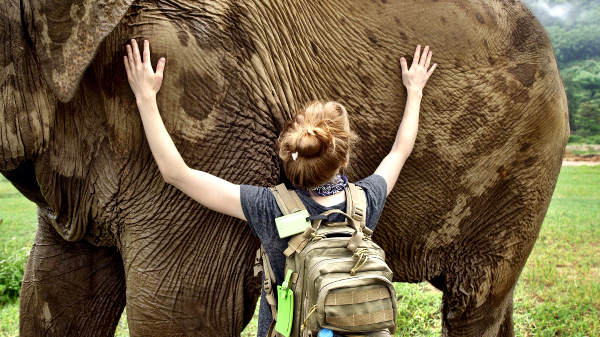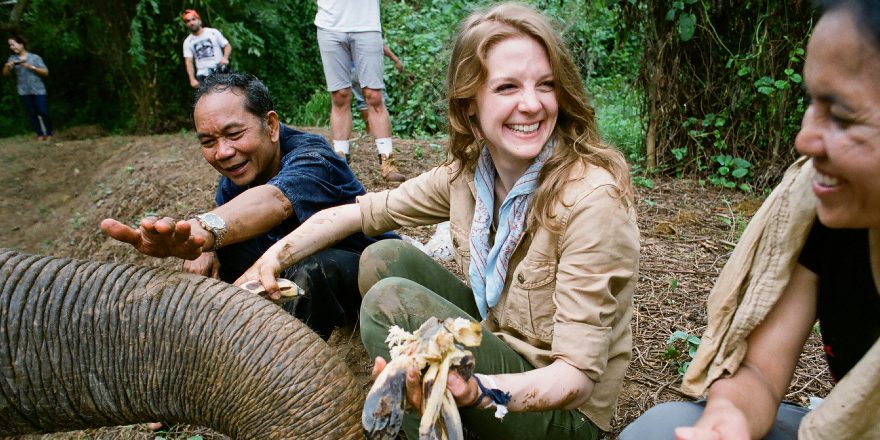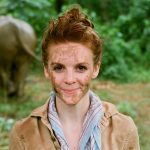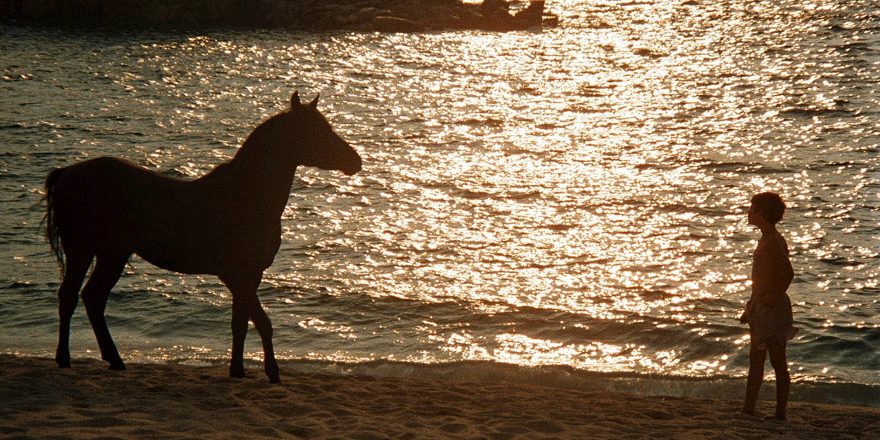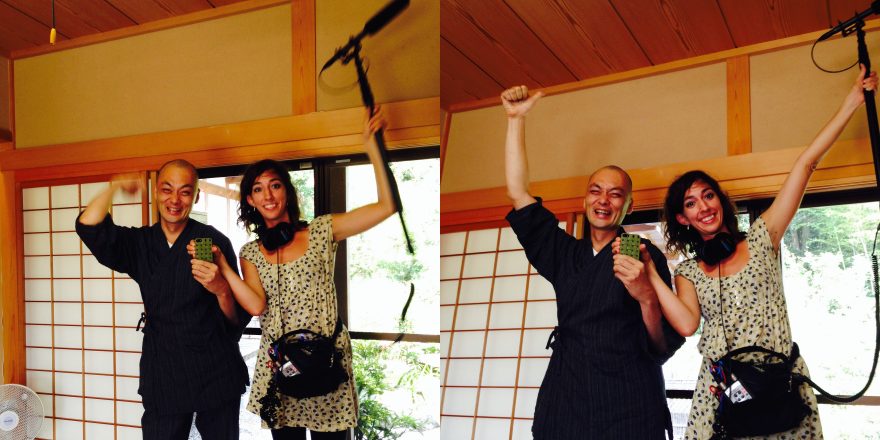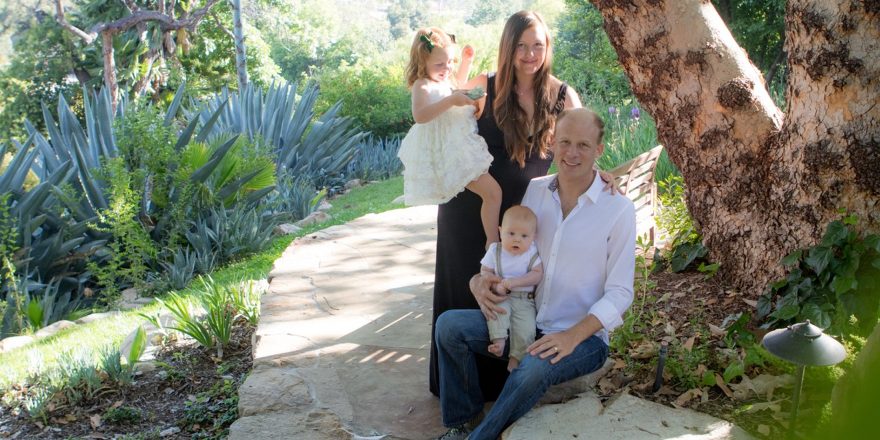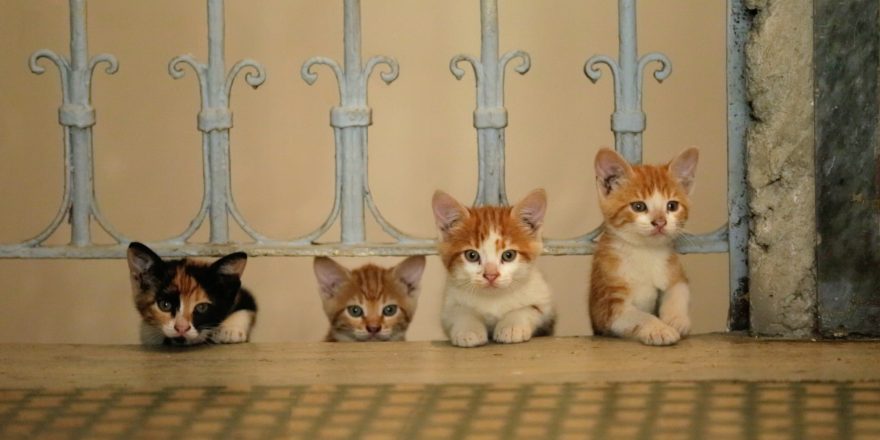In 2011, when we began filming Love & Bananas: An Elephant Story, I was very clear: there was no way in hell I was going to be on camera. That changed, however, and to this day I always feel the need to justify my position.
I began acting to be other people. Middle school for me, like the rest of the world, was an uncomfortable experience. Quick snapshot: I was brutally shy. My boy’s haircut was growing out, so my mom permed it (thanks, Mom!). I had scoliosis, so I was the only kid with a rolly backpack. To “hide,” I insisted on wearing an extra large Gap fleece, despite the Los Angeles weather. And I had crippling social anxiety from OCD. Dreamboat.
But this odd, shy, redheaded, pale creature wanted to be an actress? Yes! Becoming someone else was the most exhilarating sensation I could experience. I slipped out of whatever mental shackles that confined and confused me and “transformed” into another person. My actions, choices, thoughts and objectives were preordained and served the much larger story we were telling. When you play someone else, even someone fictional, you have to get it right. You have to get it right for the writer, for the director and for the purpose of that character. It’s bigger than you.
The original concept for Love & Bananas was a “happily ever after” story. I learned that two Asian elephants were available for rescue from an illegal logging facility in the Ratanakiri Province in Cambodia. World-renowned Asian elephant conservationist Lek Chailert was going to liberate these elephants and bring them to the Cambodia Wildlife Sanctuary. This story played out in my uneducated and unworldly mind as a Super Bowl homecoming, but with elephants. I pitched the idea to Change for Balance Productions, who came on board. Before I knew it, we were boarding flights from Los Angeles to Siem Reap, Cambodia.
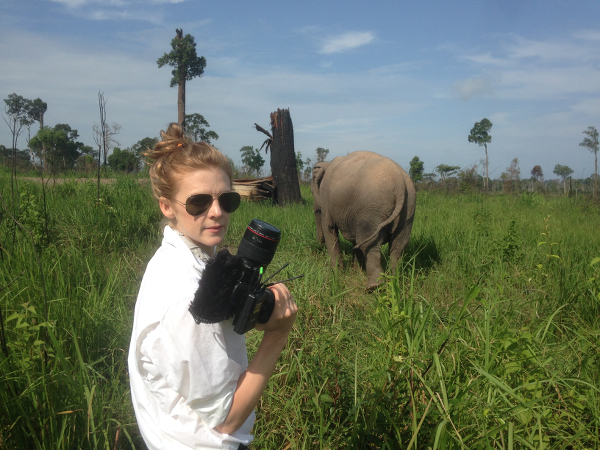
When we arrived, it turned out this “joyous homecoming” was actually quiet and somber. Through the clearing, two elephants with their mahouts slowly strolled up to the sanctuary headquarters. A tin bell around the elephants’ necks let out random chimes. Lek could immediately could tell the elephants needed medical attention, and pointed out the abscesses, scars and pressure wounds from the beatings, ropes and saddles over years of service. They had been so severely psychologically abused that they wouldn’t move on their own, only when prompted.
My producing partner gently suggested that I be on camera, to make sure we were getting the coverage we needed. “Ash, just be yourself,” he said. I froze. That junior high version of myself came rushing back, and I was in my head. Be myself? On camera? I didn’t know how! More important, what right in hell did I have to be on camera with these elephants and Lek, for whom I had such reverence? Our mission was to tell the plight of the Asian elephant. This was their story. What could I possibly contribute?
Also, let’s not forget the red flags I’d known about from Day One. I am an actress, and this was not a vanity production. We were entering into a developing country where working with elephants was ingrained in the locals through centuries of tradition. We did not and could not have an agenda. We were there simply to document what we saw.
When we took the pre-shoot footage home to see if we could assemble a story from what we’d shot, the answer was no. An absence presented itself. To put it bluntly, no one knew what the hell was going on. But how could one explain the complicated and delicate situation of the crisis facing Asian elephants? What would be the device? Would there be a voiceover? Who would deliver it? Now I saw that I could be of service. I had a purpose. I needed to be the bridge for the audience to understand every step of this journey.
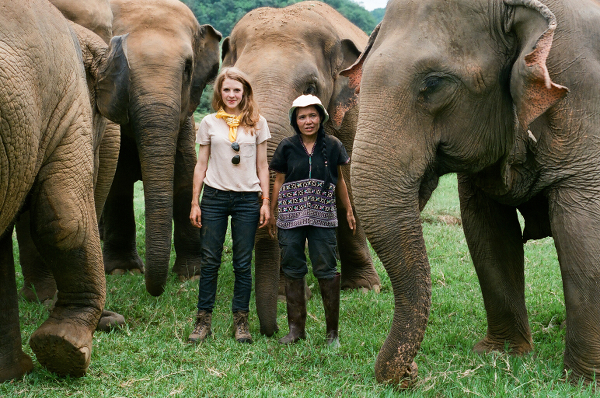
Being an actress, I began to build a version of myself for the story. This was helpful, because while I was directing, writing and producing, I needed to be strong and decisive, but on camera I needed to be a vulnerable and emotional presence for the purpose of the story. I needed to jump from analytical to emotional. How does one do that? Well, Acting 101: stay open to extraordinary events unfolding in front of your eyes.
I also jumped back to the character improv work I learned at the Groundlings. I had always been asked to build a character closer to myself. To do this, I’d been taught to take one element of myself and heighten it one percent. So, when we went back to shoot, that’s what I did. My objective was to know more. I didn’t need to prove anything, but rather to be a sponge. To listen. To watch. And to ask the questions the audience would be asking. I made choices about vocal tone. I made choices about wardrobe. I made choices about my makeup, or lack thereof. All the aforementioned should be unremarkable to an audience, but that was the point. Deliberate realism was required to switch in and out of that “character” version of myself I was playing. By doing my best to service their story, even when it was uncomfortable, I succeeded in telling their story.
Lek took us under her wing and let us walk in her shadow. We saw what happens when you treat elephants like people, with dignity and respect. Miracles. I saw gray giants healed by love. I saw abused elephants become elephants again.
Someone asked me the other day, “What can you do to thank Lek?”
I can get her – and the elephants’ – story right.
